Three musical selections transcribed by Mr. Baptiste for Sir Hans Sloane, Jamaica, 1687.
The Maroon ranger song transcribed by John Gabriel Stedman in his original manuscript.
Stedman's transcription isn't broken up into measures (I count 21 beats in the first part, which might be 4 4/4 measures with a pickup and 25 beats in the second part, which might be 5 4/4 measures with a pickup). This may be a reflection of syncopation that he had a hard time writing in Western musical notation, because although he was a musician, he wasn't a professional or African American like Mr. Baptiste. The triple pattern in the second part reminds me of the first part of Baptiste's Koromanti, but it is not similar enough to be called "the same" (in my opinion). Drouin de Bercy’s transcription of the A ai bombia bombé song he heard in Haiti before 1814.
The song is in a major key and very lively, which makes it feel a bit militaristic. Jackey Quakenboss, one of the drummers at the Pinkster festival in New York, was said to have sung a song with similar lyrics. One of the Banja songs transcribed by H.C. Focke
Arabi na Pambo is the banja song I reference in Well of Souls, but H.C. Focke transcribed others as well. Many are in a minor key. Click here to see more of the music. Calinda
Gottschalk's Le BanjoAlthough Gottschalk was white and he took some of his melodies from Blackface Minstrel tunes, I do want to include some musical examples here because reference them in the book. Far and away my favorite version of Le Banjo is by Robert Pritchard. The liner notes to the Smithsonian Folkways recording write, "'Robert Starling Pritchard (b. 1927) is the first African American pianist playing Western classical music ever commercially recorded and published, affording him a unique place in music history,' says Henri Georges Polgar." Throughout his life, he continued to promote and support African American music and art, and became involved in humanitarian causes around the world. He passed away in 2016 and you can read more about him in his obituary here. Pritchard also adapted some Haitian folksongs for piano on this album, which is also a great piece (listen here). There are also a few musical examples that I don't reference in the book. An African Work Song, Barbados, ca. 1770s-1780s
William Dickenson; Gloucester Archives (Clarence Row, Gloucester, England), D3549/13/3/2758. Read more here. Transcriptions of songs from St. Bartelemy / St. Bartholomew, 1787-1788In 1787 Swedish doctor Christopher Carlander traveled to the Swedish colony of St. Barthelemy (St. Bartholomew), which before and after was a French colony. According to Frederick Thomasson in Svarta S:t Barthelemy: Människoöden i en Svensk Koloni 1785-1847 (Black St. Bartholomew: Human Destinies in a Swedish Colony from 1785 to 1847), "Carlander valued seeing the Black populations music and dance and took it seriously, demonstrated by the fact that he wrote down their music and described their dances" (my translation, 132). These images are from Thomasson's book, and I still would like to see the originals (at Rijksarkivet in Stockholm) and look more into music in St. Bartholomew. (Oh, and my final note for now on this: endless gratitude to my dad, who read about Thomasson's book, got me a copy, and found me a copy of the published version of Carlander's diary, knowing I'd be interested in this transcription and the descriptions). Pompey Ran Away - Negroe JigIn: Selection of Scotch, English, Irish, and foreign airs, Volume 1. Adapted for the fife, violin or German-flute.
Congo Prince Jig
Although it comes from the book Brigg's banjo instructor (which was a product of the explosion in popularity of the banjo because of Blackface Minstrel troupes), the name of this as "Congo Prince Jig" evokes the King of Kongo and King Charles, the Pinkster King of Albany, who was said to have been from Kongo. If you are aware of other early (1600s-1820s) transcriptions of Black or African American music, please let me know! I'd love to add it here.
This is part of Banya Obbligato, a series of blog posts relating to my book Well of Souls: Uncovering the Banjo’s Hidden History. While integrally related to Well of Souls, these posts are editorially and financially separate from the book (i.e., I’m researching, writing, and editing them myself and no one is paying me for it). So, if you want to financially support the blog or my writing and research you can do so here.
4 Comments
Casey Henry
9/29/2022 06:42:25 am
The "Congo Prince Jig" on gourd banjo doesn't show up for me on two different browsers...though all the other music players work. (Just thought you'd like to know.) Excellent to be able to hear all this music!
Reply
Kristina R. Gaddy
9/29/2022 12:17:34 pm
Oops! I forgot to upload it. It is there now! Thanks!
Reply
Ed Bettega
2/6/2023 01:33:02 am
Timothy Twiss has a nice recording of this tune played on a 19th century banjo, https://www.youtube.com/watch?v=psO0xJEWHsQ
Reply
Tony Thomas MFA
8/5/2023 01:56:34 pm
The Calenda is pretty much a permanent part of especially Francophone (one might say creolophone) music and dance throughout the New World, and has successively revived in various forms of where Zydeco or other especially Black creoleophone music that I know about, The Late Clifton Chenier who was KING OF THE ZYDECO had several versions of the tunes that were hits. Because a big part of the San Francisco and East Bay Black population are descended from Louisiana and East Texas African Americans who came out for jobs during and after WWII, at least in the late 70s and 80s when I lived in the Bay area, Chenier came out 2-3 times a year to perform not just for concerts for the blues and ethnic revivalist enthusiasts, but for the working class Tex/Lousiana Diaspora in the East Bay, and even in Sf before it was gentrified. He always did his version of Calinda which had been transformed into a romantic song about a woman named Calinda, It would be interesting to see how much this song has passed into the repertoire of non-Black Cajun performers,
Reply
Your comment will be posted after it is approved.
Leave a Reply. |
Come in, the stacks are open.Away from prying eyes, damaging light, and pilfering hands, the most special collections are kept in closed stacks. You need an appointment to view the objects, letters, and books that open a door to the past. Archives
April 2023
Categories
All
|
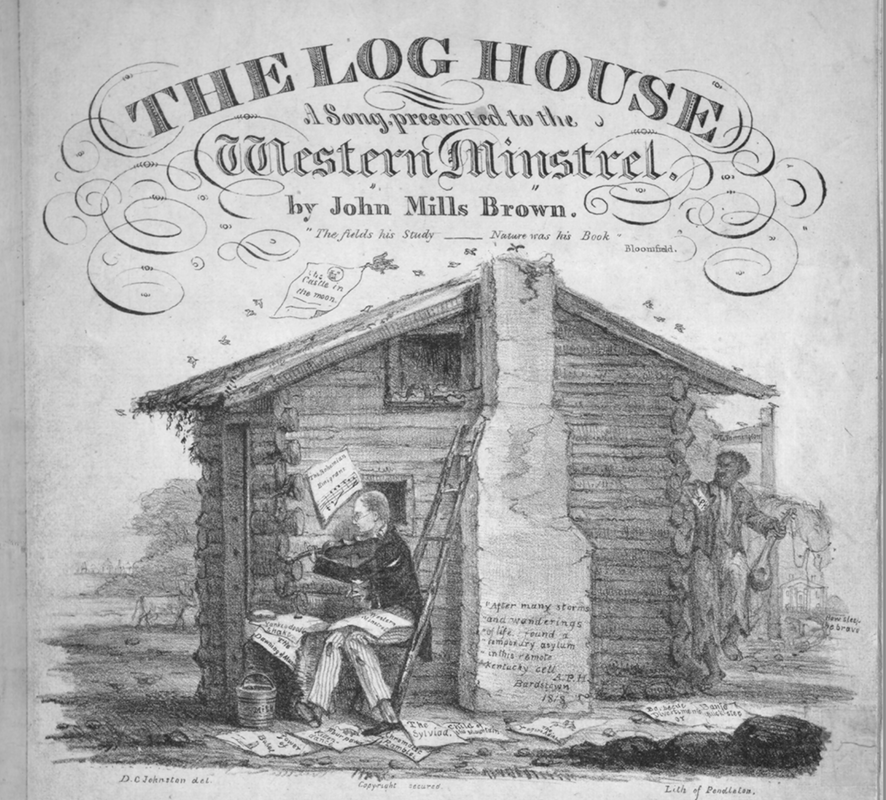
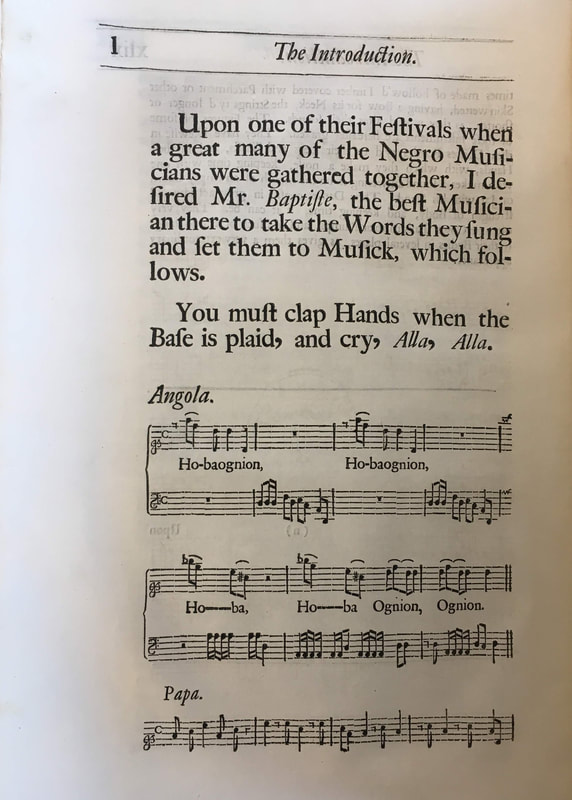
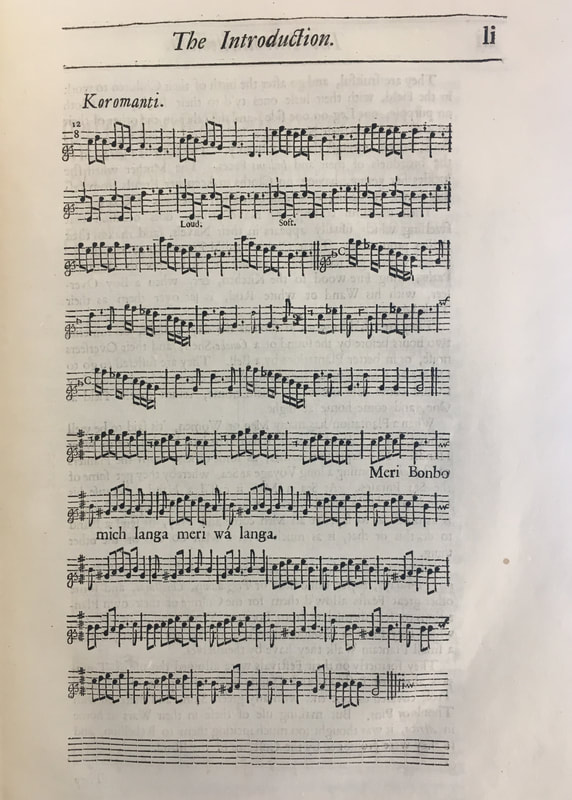
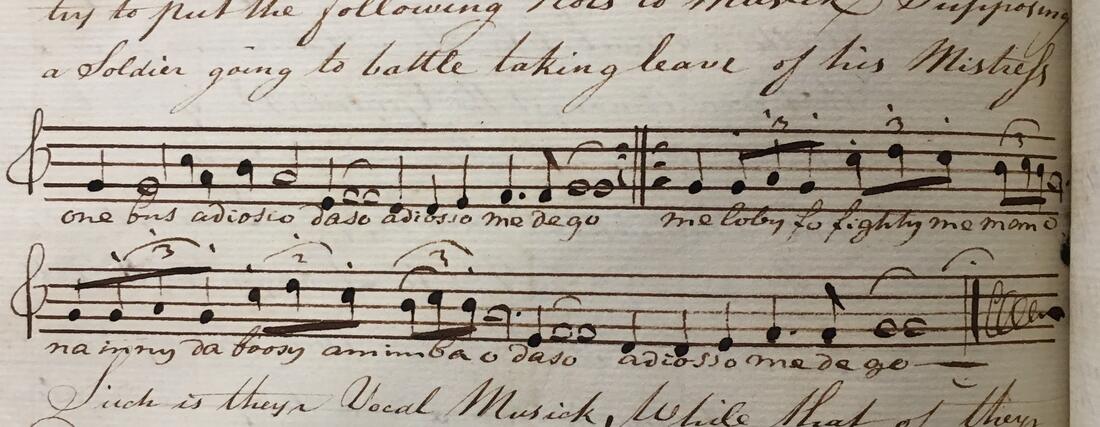
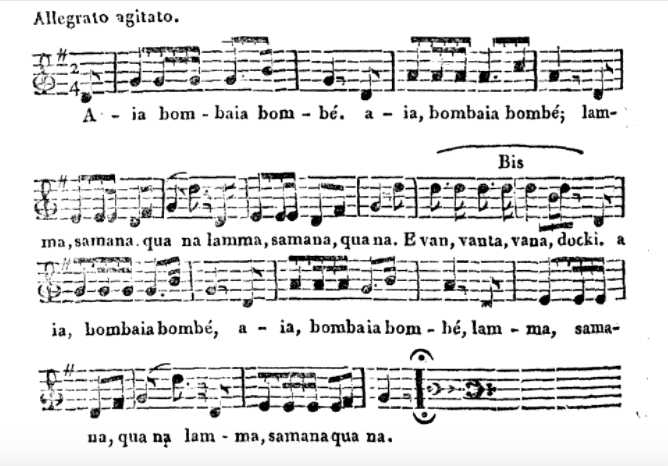
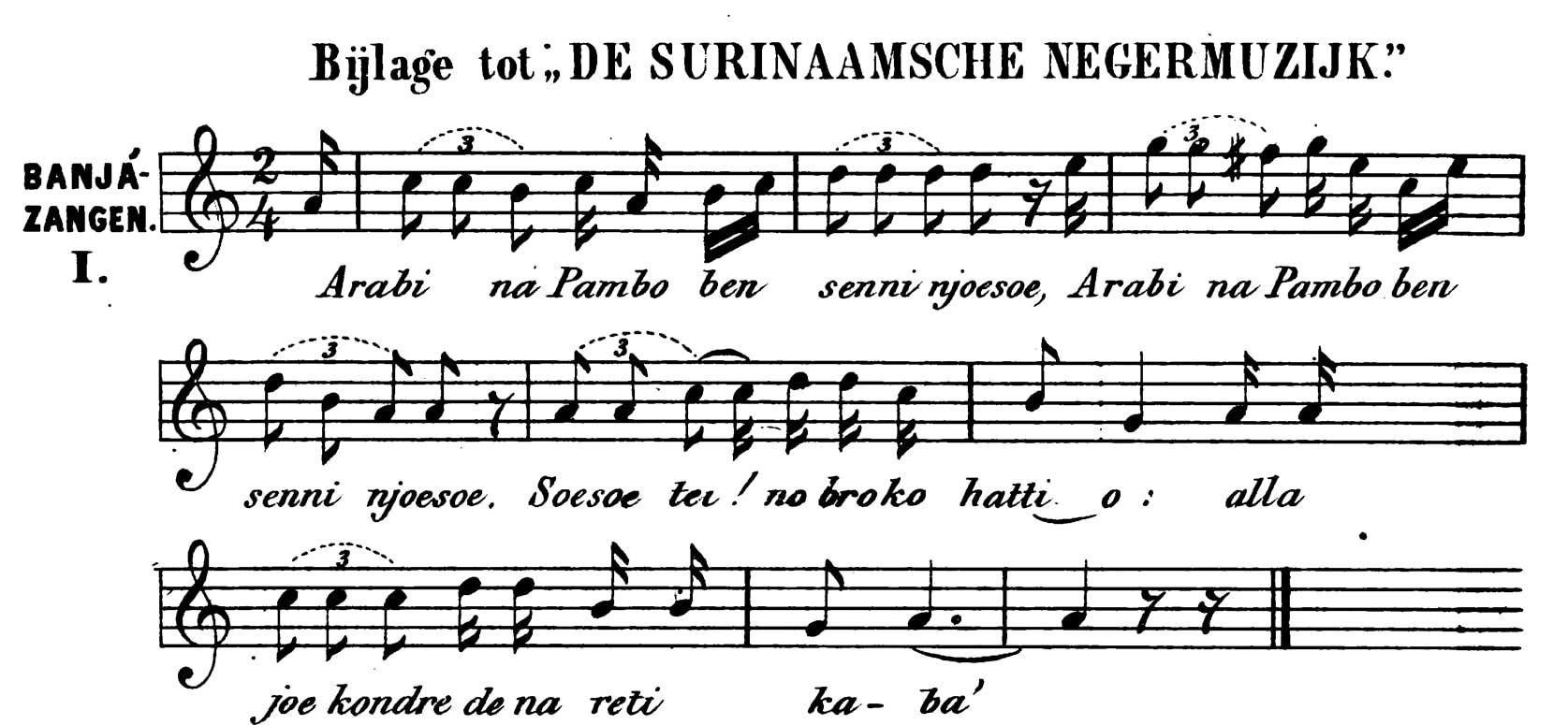
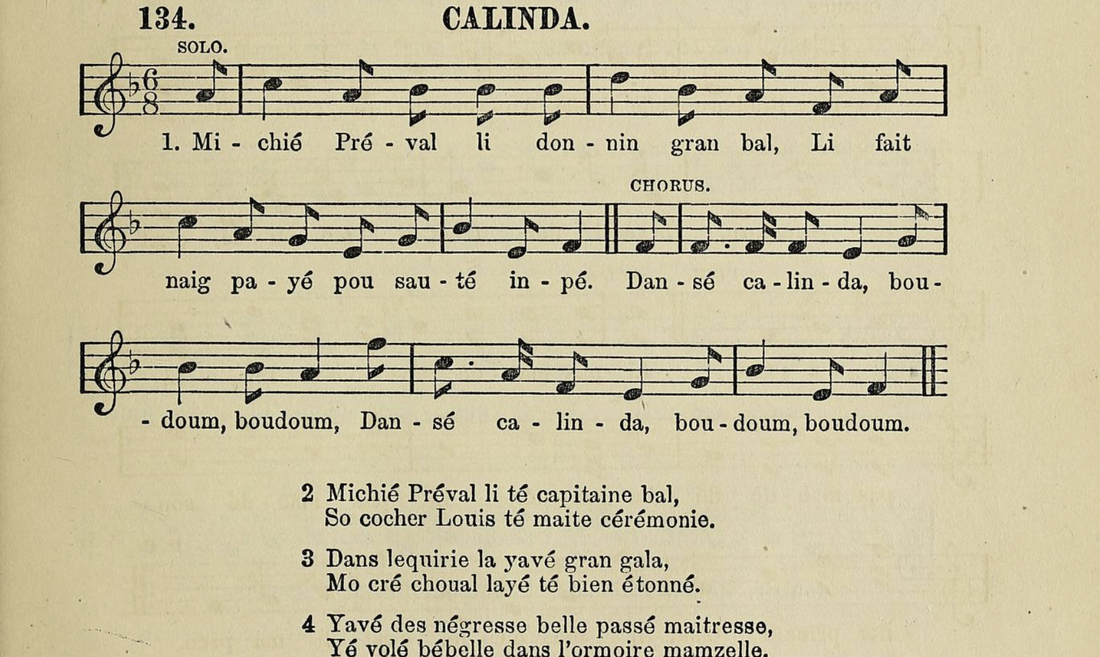

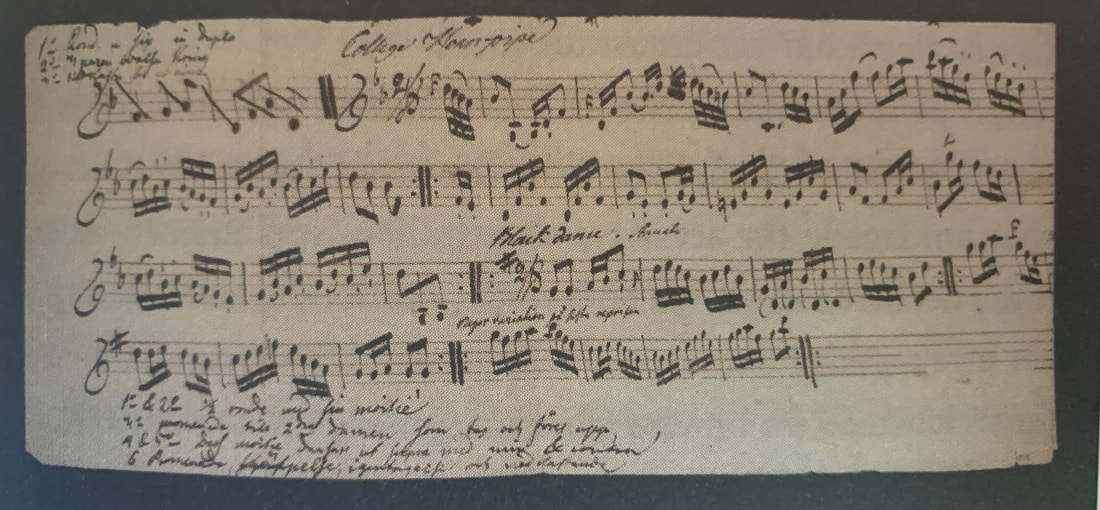
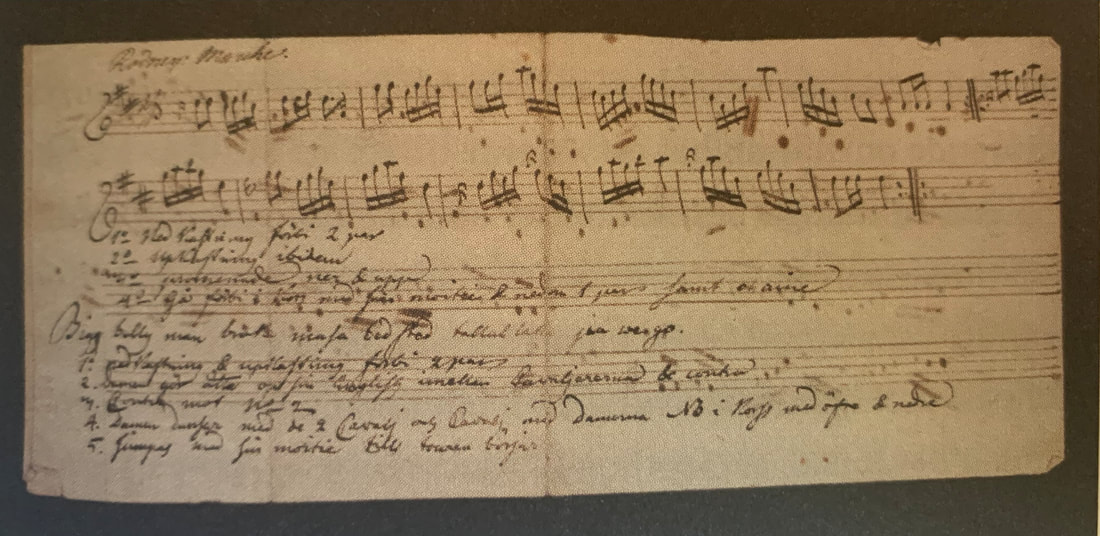


 RSS Feed
RSS Feed